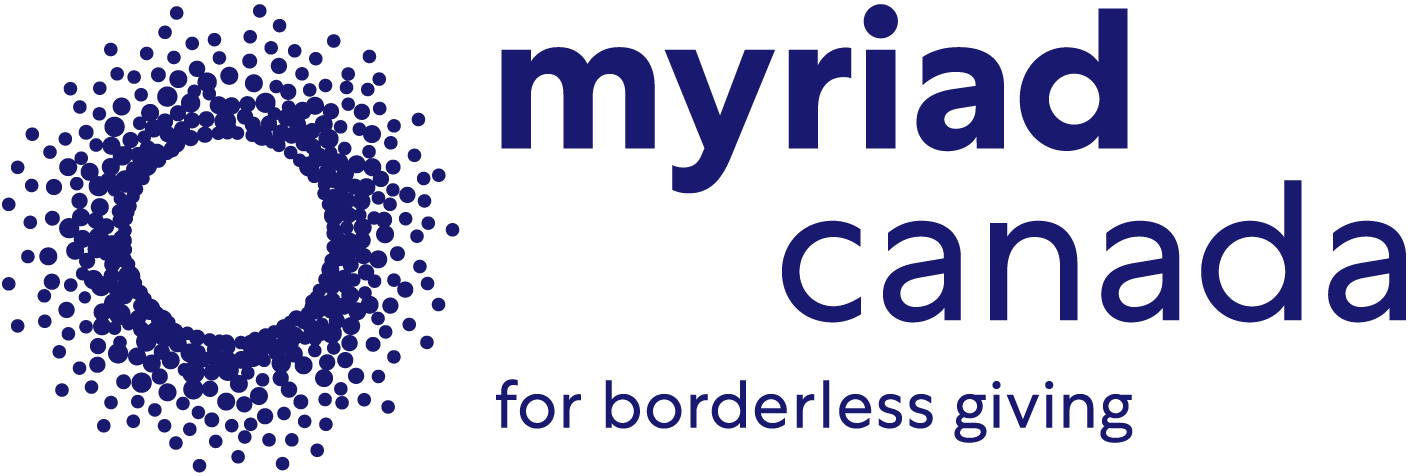G401 - Medical Research on Neurofibromatosis (NF), with the Children's Tumor Foundation
Registered Name: Myriad Canada Foundation
Business No: 769784893RR0001
This organization is designated by Canada Revenue Agency (CRA) as a registered charity. They comply with the CRA's requirements and has been issued a charitable registration number.
Neurofibromatosis, also known as NF, is a genetic disorder which affects 1 in every 3,000 people of every population (meaning there are over 2.5 million people worldwide who live with NF).
At this time, there is no approved cure for NF, but a number of promising NF clinical trials are under way. As researchers continually learn more about the underlying causes of NF and what makes tumors grow, we are closer to the development of effective treatments for NF.
There are three types of NF:
Neurofibromatosis type 1 (NF1), formerly known as von Recklinghausen NF or Peripheral NF, is the most common of the three types of neurofibromatosis, and is also one of the most common inherited neurological disorders, affecting about 1 in 3,000 people throughout the world. The hallmark tumors of the disorder are plexiform neurofibromas (non-cancerous tumors growing on nerves).
Neurofibromatosis type 2 (NF2) is less common than NF1, affecting about 1 in 25,000 people worldwide. The hallmark tumors of NF2 are vestibular schwannomas (formerly called acoustic neuromas), on the nerve that carries sound and balance information from the inner ear to the brain (the eighth cranial nerve). These tumors affect both ears, often leading to partial or complete hearing loss. People with NF2 may also develop other types of benign brain or spinal tumors. The disorder can also cause the development of cataracts or other eye findings, potentially compromising vision. Most people develop symptoms in the late teen and early adult years, although about 10% of people develop symptoms during late childhood.
Schwannomatosis is a rare form of neurofibromatosis that has only recently been identified. The genetic disorder affects less than 1 in 40,000 people, and causes the development of benign tumors — called schwannomas — usually on spinal and peripheral nerves. These tumors develop when Schwann cells, which form the insulating cover around nerve fibers, grow abnormally. Tumor development appears to be primarily related to a change, or mutation, in certain genes that help regulate cell growth in the nervous system. These mutations prevent the genes from making the normal proteins that control cell proliferation, allowing cells to multiply excessively and form tumors. These tumors may cause excruciating pain that may be hard to manage. Schwannomatosis is usually diagnosed in adulthood.
GOALS
Catalyze new discoveries by financing the most promising basic and clinical research projects.
ACTIVITIES
- Increase the number of clinical trials for all forms of NF
- Increase the number of specialized NF clinics that can provide the best care to patients
- Expand the NF research community with new talented researchers, including from outside NF in related disciplines
- Create a community of Open Science where results and data are freely shared and exchanged
- Finance the best and brightest NF research who will help shed light on the disease, in order to find a cure
Myriad Canada is working with the Children’s Tumor Foundation (CTF) on this project, a 501(c)(3) founded in 1978. Today, CTF is a highly recognized medical research foundation. The vision of the Children’s Tumor Foundation is to End NF and their mission is to drive research, expand knowledge, and advance care for the NF community. While there is no cure yet, the Children’s Tumor Foundation mission of driving research, expanding knowledge, and advancing care for the NF community fosters the vision of one day ending NF.
Donate to this campaign
Give in honour or send an ecard (optional)


